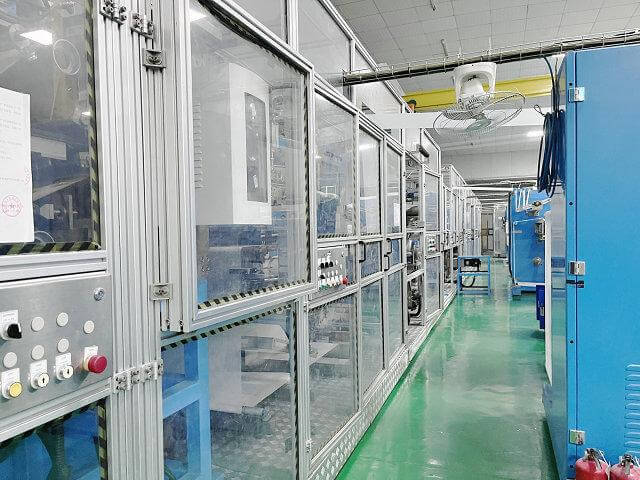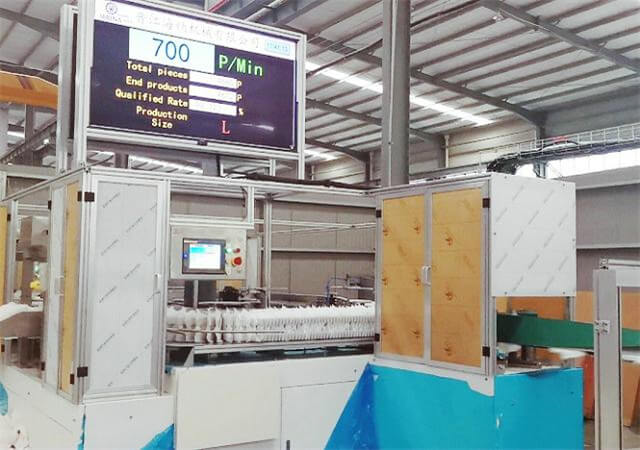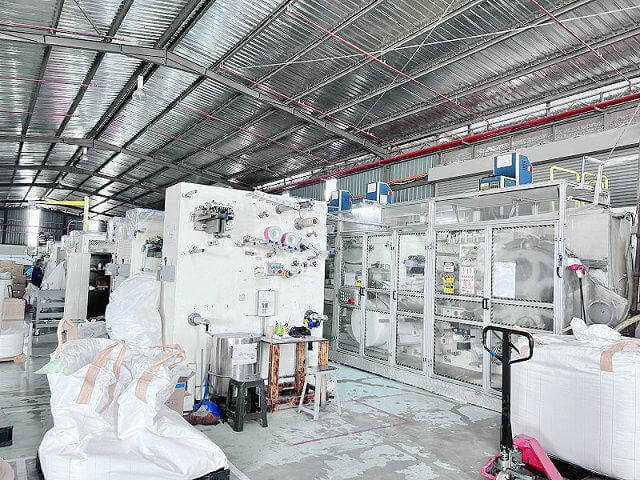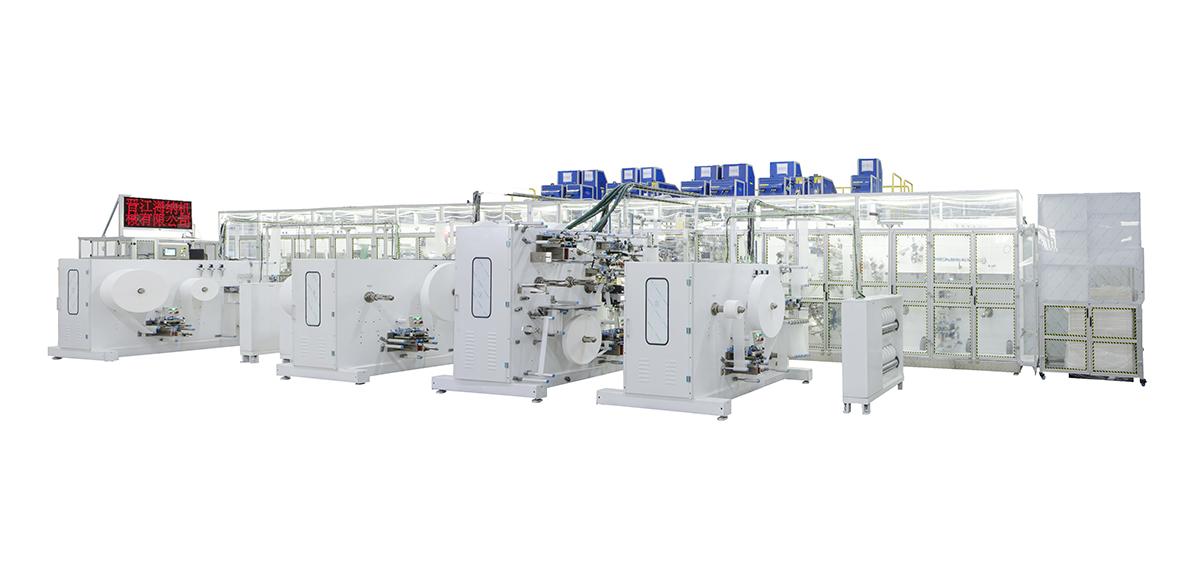Author:Haina Machinery Factory FROM:Diaper Machinery Manufacturer TIME:2023-11-01
Efficient Operation of Menstrual Pads Machine

Menstrual pads are essential hygiene products used by women during menstruation. The production process of these pads involves the use of machines, which need to operate efficiently to meet the increasing demand. This article aims to explore various aspects of efficient operation for menstrual pads machines.

Regular maintenance is crucial for ensuring the efficient operation of menstrual pad machines. This includes cleaning, lubricating, and replacing worn-out parts of the machine. Adequate maintenance minimizes downtime, reduces the risk of breakdowns, and extends the machine's lifespan.

Operators should receive comprehensive training on the functioning and operation of menstrual pad machines. Understanding the machine's features, troubleshooting common issues, and performing routine maintenance tasks empowers operators to maximize efficiency and address minor problems before they escalate.
Efficient operation requires strict adherence to quality control measures. Regular checks should be conducted to ensure that produced pads meet the required standards. Quality control processes can include visual inspections, weight checks, and leak tests. Any deviation from the set parameters should be immediately addressed to maintain high-quality output.
The efficient utilization of materials is essential in the production of menstrual pads. Proper inventory management helps minimize waste and reduces costs. Implementing strategies such as just-in-time inventory, accurate forecasting, and tracking material usage can optimize resource allocation and improve overall efficiency.
Advancements in automation and technology have greatly enhanced the efficiency of menstrual pad machines. Automated processes, such as material feeding, cutting, and packaging, minimize human error and increase production speed. Integration of smart technology for real-time monitoring and data analysis improves decision-making and identifies areas for further optimization.
An efficient workflow is crucial for maximizing productivity. Analyzing and streamlining the production process can help identify bottlenecks and optimize resource allocation. By reorganizing workstations, improving communication, and eliminating unnecessary steps, manufacturers can significantly enhance the overall efficiency of menstrual pad machines.
Energy consumption is an important consideration in the operation of menstrual pad machines. Implementing energy-saving measures, such as using efficient motors, optimizing machine settings, and utilizing renewable energy sources, not only reduces operational costs but also promotes environmental sustainability.
Efficiency is an ongoing process that requires continuous improvement. Regularly analyzing production data, seeking feedback from operators, and incorporating innovative solutions can drive incremental enhancements in machine performance. Embracing continuous improvement mindset ensures long-term efficiency gains and keeps the production process aligned with evolving market demands.
The efficient operation of menstrual pad machines is essential for meeting the growing demand for quality hygiene products. Through machine maintenance, proper training, quality control, optimal material usage, automation, workflow optimization, energy efficiency, and a commitment to continuous improvement, manufacturers can maximize productivity, reduce costs, and deliver high-quality menstrual pads to women worldwide.




